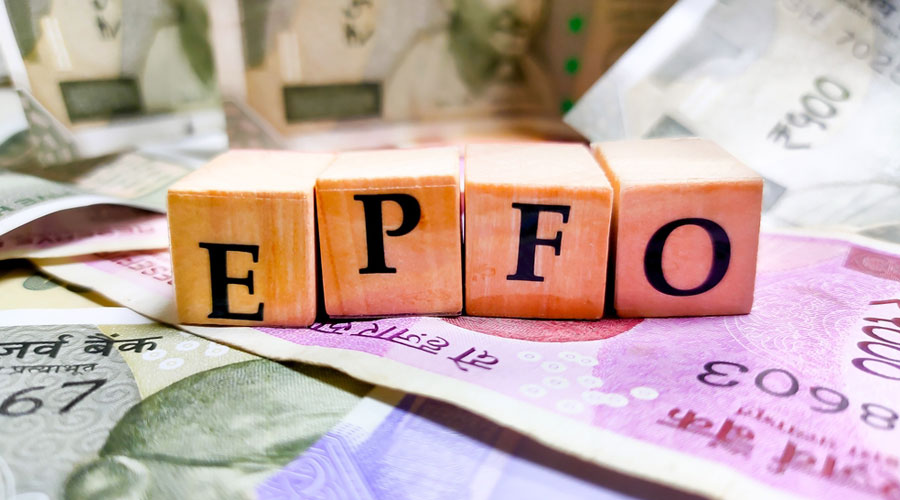The trustees of EPFO have raised the interest rate on deposits by 5 basis points to 8.15 per cent — taking it off the four-decade low which had turned into an embarrassment for the Modi government at a time when interest rates on deposits have been rising steadily.
In March 2022, the EPFO cut the interest rate for 2021-22 to 8.1% for about 5 crore subscribers from 8.5 per cent in 2020-21. The RBI started raising its policy rate — the repo —from May 4 last year in a bid to quell inflation and in line with similar but more aggressive action taken by central bankers around the world.
The EPFO trustees will now place the rate hike plan before the finance ministryfor its approval.
The apex decision-making body of EPFO, Central Board Trustees (CBT) headed by Union Labour Minister Bhupender Yadav, recommended an 8.15 per cent annual rate of interest to be credited on EPF accumulations in members’ accounts for the financial year 2022-23, a labour ministry statement said.
The recommended rate of interest of 8.15 per cent safeguards the surplus as well as guarantees increased income to members, it stated adding that in fact, this rate of interest and the surplus of Rs 663.91 crore are higher than the last year’s.
According to EPFO’s income projection, the body would have had a surplus of Rs 112.78 crore on providing 8.20 per cent interest rate on EPF for 2022-23. There would have been a deficit of Rs 438.34 crore on providing 8.25 per cent rate of interest.
The ministry said the board’s recommendation involves the distribution of more than Rs 90,000 crore in the members’ account on a total principal amount of Rs 11 lakh crore which was Rs 77,424.84 crore (interest) and Rs 9.56 lakh crore (principal), respectively in 2021-22.
The total income recommended for distribution is the highest till date, it claimed adding that the growth in income and the principal amount are respectively more than 16 per cent and 15 per cent as compared to that in 2021-22.
EPFO over the years has been able to distribute higher income to its members, through various economic cycles with minimal credit risk, it stated.











